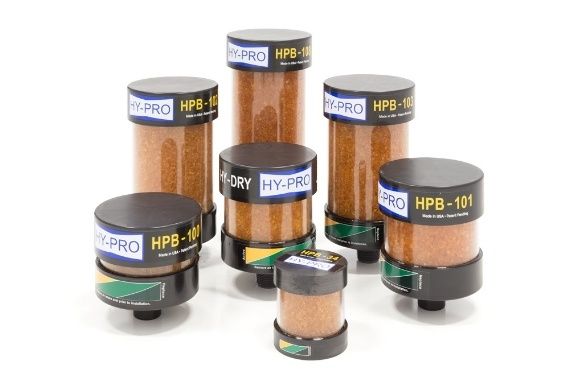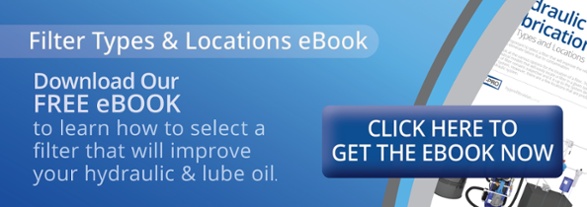
Do you have desiccant breathers on your hydraulic and lube oil systems? (Here's where we pause with baited breath for you to answer.)
If you answered, "Yes! And we love it!" then good for you. You're doing one of the best things that you to protect your fluids. If you answered, "No. I don't even know what it is," then you have water in your system. Period.
How do you know that?
What is a desiccant breather?
If you're not familiar with the term "desiccant," you're not alone. According to our friends at Merriam Webster, desiccant refers to something that is a drying agent.
A desiccant breather, then, removes humidity out of the air as it is passed through the filter. The intent is that you want to dry the air before it enters the reservoir. They're built with mechanical filters so that particles in the air are removed as well.
Why exactly do I need a desiccant breather?
Humidity can be drawn into your system from the atmosphere. The humid air will add water to the oil, which is a contaminant. A desiccant breather is one way to minimize that from occurring. You want to keep the air that's coming into your system dry so that you aren't contaminating your system. It acts as a barrier.
How do I know if I need a desiccant Breather?
Your lab reports will tell you. (You are running regular lab reports, right?) You also know that you need one if you don't have a breather. Because as we reviewed earlier, if you don't have one, then you have unwanted water in your system.
The Exception to the Rule
Like most things, there are exceptions to this rule. If you use a hydraulic fluid that's water-based, you're obviously going to have water in your system that is okay. (These are mostly used when you need it to be fire-resistant.) That's about the only type of situation where you wouldn't use a desiccant breather; you would just use a regular breather that pulls the dirt out of the air.
If you have issues with water in your oil, let us know. We're experts at solutions like desiccant breathers!







